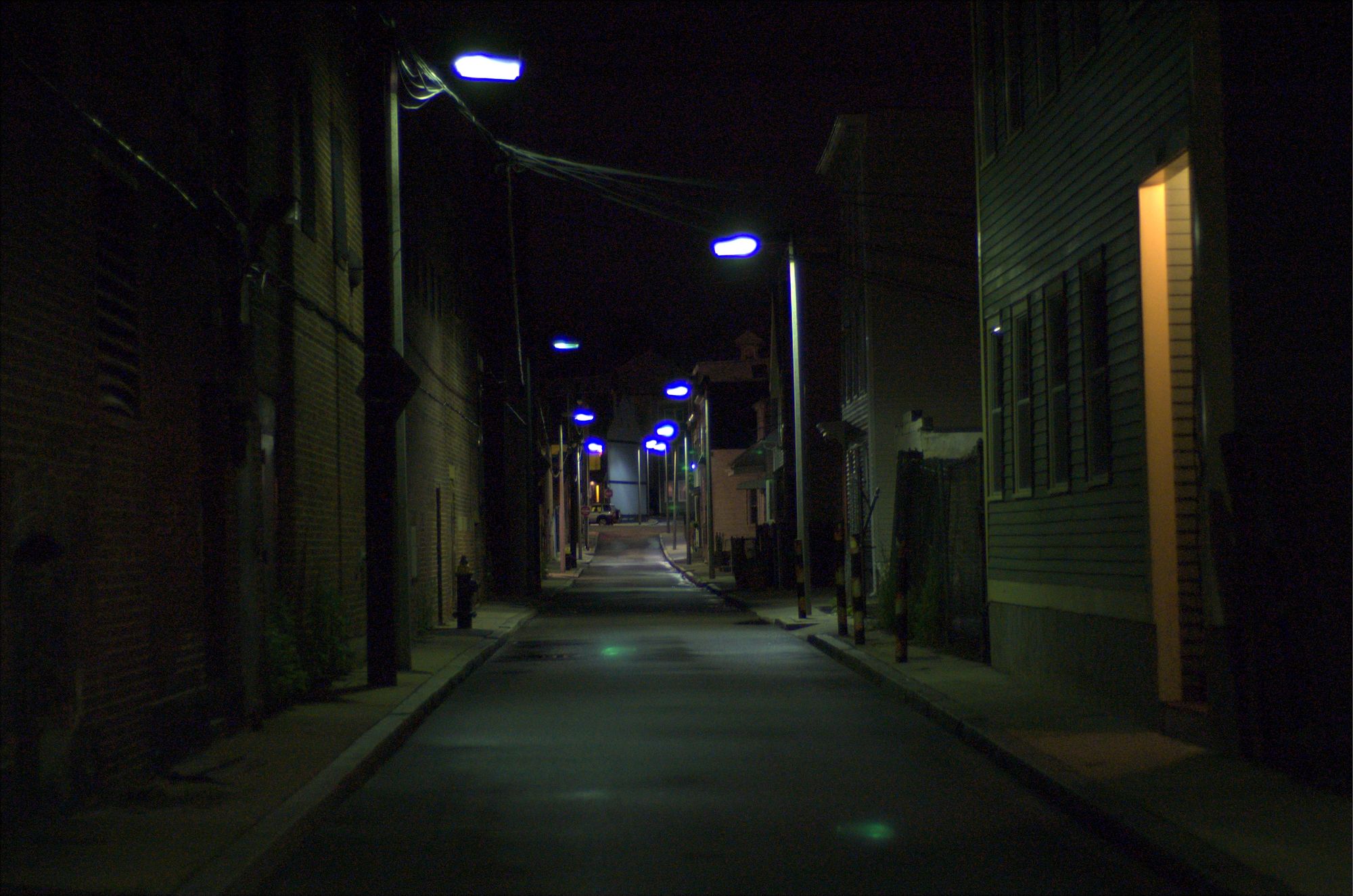True Crime: The Ever-Popular Media Genre
Crime and whodunit mysteries are some of the more popular fiction genres of television and film, but sometimes truth is stranger than fiction.

Whether it’s watching a trainwreck or Dr. Pimple Popper, humans have a morbid curiosity. Crime and whodunit mysteries are some of the more popular fiction genres of television and film, but sometimes truth is stranger than fiction. People have been interested in stories of crimes for centuries, but in the modern age, the true crime genre of media is growing in popularity.
History of the genre
Keeping a record of crimes of the town was important for record keepings sake, but also to see how to prevent future crimes from happening. The first recorded book that documented crimes was written in 1617 in China, titled Book of Swindles. In Europe, from the 16th-18th century, street literature was popular in the upper class and featured stories of crime cases, and ballads were written to rationalize the motivations of the perpetrator. Later came the penny press, which allowed for cheaper printings of stories for the lower class.
The more modern style of true crime literature emerged in the late 19th century, when the Scottish lawyer William Roughead recorded stories of interesting murder trials he attended in Britan. The genre was first popularized in America in the 1920’s when Edmund Pearson wrote about true crime cases and some were published in The New Yorker and Vanity Fair.
In the 60s, Truman Capote popularized the full-length true crime novel covering a case with his book In Cold Blood (1965), and it was soon followed by Helter Skelter (1974) by Vincent Bugliosi and Curt Gentry, which currently still is the best selling true crime novel. Bugliosi and Gentry covered the story of the Manson family murders, and that case still is one of the most influential crime stories in America.
True crime documentaries became more popular in the 1980s. One of the first notable docs was The Thin Blue Line from 1988 and set the standard of featuring re-enactments of the story. However, the most influential media form of true crime was news broadcasts, especially in the late 80s. The coverage and TV interviews of Milwaukee native Jeffrey Dahmer got record ratings and it got people talking about other crime stories. The advances in technology allowed for faster communication and easier access.
Today, podcasts and internet documentaries are the most popular housing of true crime stories. The podcast Serial (2014) reached 5 million iTunes downloads faster than any other podcast on the platform. Netflix has noticed the popularity of the genre and has created several series and documentaries of true crime stories. Youtube is also another popular platform for anyone to create video essays discussing the topic and sharing stories, notably Buzzfeed Unsolved and Real Stories.
Why we love it so much
The true crime genre is the quickest growing genre of writing in the 21st century. Similar to why people love roller coasters, haunted houses, and horror movies, people love to be afraid. The adrenaline that gets released from imagining the details of the crimes gets the listener coming back for more. Media is easily consumable in today’s world, and especially during the pandemic, media is easier to binge (especially during virtual school days, ahem).
The other angle is the humans behind it. “Viewers are fascinated with these stories less for the gory crime details than for the peek they provide into the extremes of human psychology,” newscaster Diane Sawyer said when revisiting the Manson case. “We watch to be reassured these people are monsters, not at all like you and me. And to face the fear that in some basic ways they are exactly like you and me.”
Humans are very curious creatures, and the childlike curiosity of poking a dead animal with a stick persists subconsciously into adulthood. Literary analyst Kate Tuttle wrote the New York Times, explaining that people are drawn to the genre by “straightforward curiosity, vicarious thrills and a kind of magical thinking that maybe if you consume crime as art you’ll never confront it in real life.”
And the debate of good versus evil has existed for forever. Morality is a touchy subject, and is constantly being discussed. “As humans we want to understand the darker side of our nature,” psychologist Dr. Meg Arroll told The Telegraph. “True crime stories allow us to explore that in a safe way, from a safe distance.”

The female fascination
Every English or Social Studies class has the guy who knows too much about WWII (because they always find a way to bring it up). But there could be some opposition in the class: a girl who knows too much about true crime. The majority of true crime readers are female. A 2010 study found that 70% of reviews on true crime novels from amazon were written by women. Predictably, books about war have 82% male reviewers.
Psychiatrist Dr. Sharon Parker discussed in DECIDER that learning about true crime can act as a “dress rehearsal” for women to protect themselves if they were ever in a similar situation. Of course, this can also apply to men, but when connected to crime, women are much more often the victim or survivor. Tuttle hypothesizes that “if a woman escaped her attacker in this particular way, we think, perhaps I could too.”
Is it all good?
The coverage of these stories can have a good impact. The Netflix series Making a Murderer (2015) has been shown in law schools as instructional material. But this might be the only good result.
A 2011 study in Nebraska found that the rise in popularity of true crime correlated with the increased fear of being a victim of crime. And this caused more support for the death penalty over support for the criminal justice system. Unfortunately, this increased fear is justified.
A study in 2018 concluded that the release of the names and other media coverage of the perpetrators was linked to copycat killings. The crime that started the trend, the Columbine massacre, hit the nation hard. This resulted in numerous copycat killers and more than 240 other school shootings have happened in the twenty years following Columbine.
And in the back end of the two decades since the tragedy, a fandom of the shooters has emerged. Some of these fans, like Andrew Blaze, started planning their own killings. Blaze, in the hours of recordings he made before opening fire on his workplace, professed his love for the teen shooters of Columbine and stated: “It's crazy, like Columbine just sucked me in once I started following it. And I've honestly never been the same since ... I honestly cannot believe how much Columbine has influenced me and changed me.”
It gets stranger than that. Some women are simping for serial killers. Called ‘prison groupies,’ many women seek out relationships with big names, notably Charles Manson, who had many conjugal visits, Jeffrey Dahmer, who received a lot of fanmail and $12,000 while he was imprisoned, and Ted Bundy, who managed to father a child while incarcerated despite conjugal visits not being permitted in his prison.
Some believe that the women believe that they can rehabilitate the cold men into good people. Others seem to think these women have hybristophilia, or Bonnie and Clyde syndrome - meaning they are attracted to men who have committed infidelity or crime. The modern fandoms of killers, who are mainly women, could be driven from this, but it is not known for sure.
Should the genre continue to be shared?
For one, some of the stories of true crime can be nasty and horrifying, and not everyone is into that. The continuing rise in popularity of true crime is definitely increasing the risk of copycat killers. But there will always be a risk of people murdering each other, it’s kind of humanity’s whole thing.
The majority of true crime media’s purpose is for storytelling, or at least it is nowadays. Head of ITV’s Factual Drama, Jeff Pope says, “The thing that distinguishes true stories is that each story is original, there’s no crossover.” And people will still share fictional crime stories because, well, people like stories.
People shouldn’t digest entertainment that is all squeaky clean, it should be at least somewhat provoking. Yeah, some entertainment can be indulgent, but the most popular forms of media are the ones that get a discussion going. A ship at harbor is safe, but that’s not what ships are for.
YouTuber Reign Bot summarizes her view point by saying, “I see true crime is no different from taking an interest in what happens every day around the world, or what happens in the news. Why shy away from reality?”
